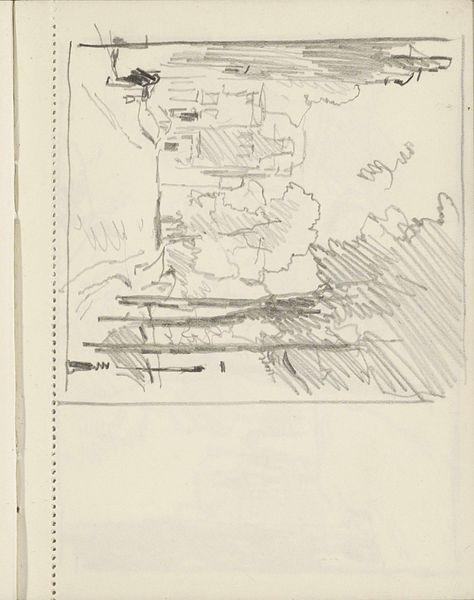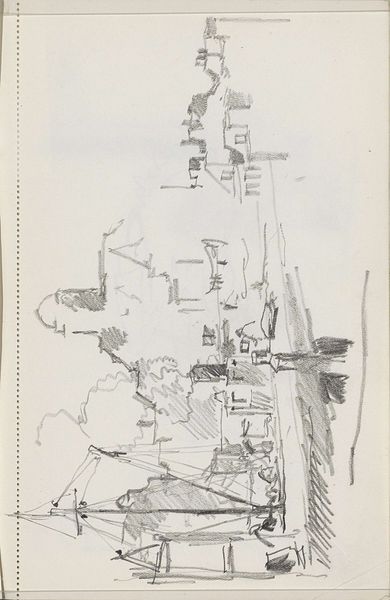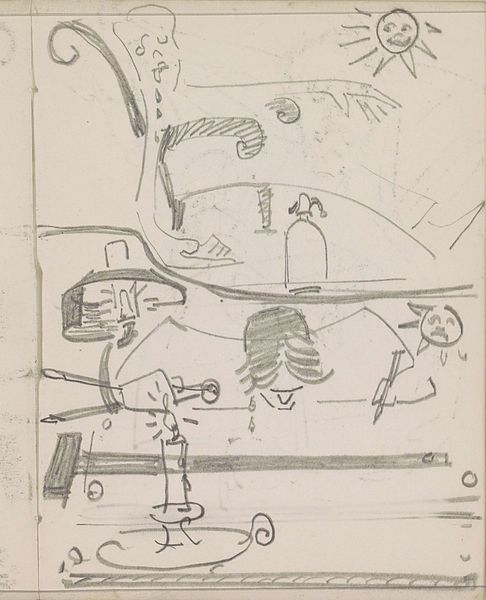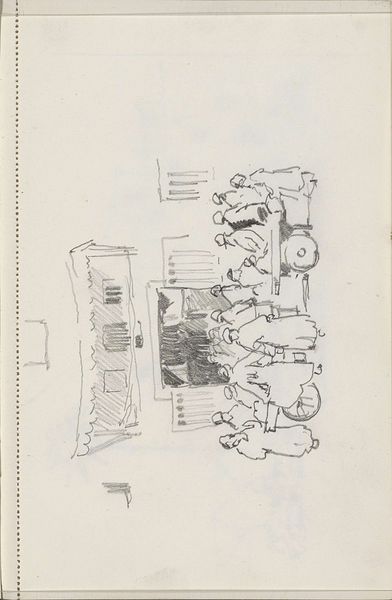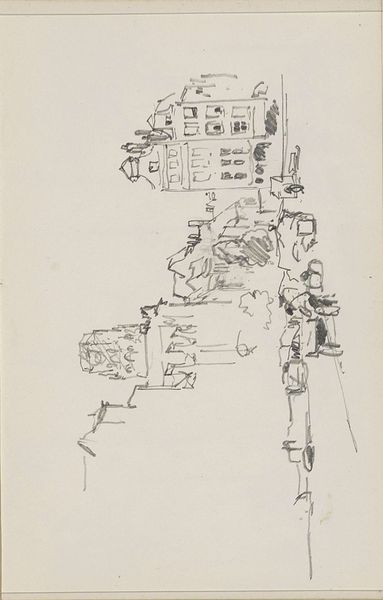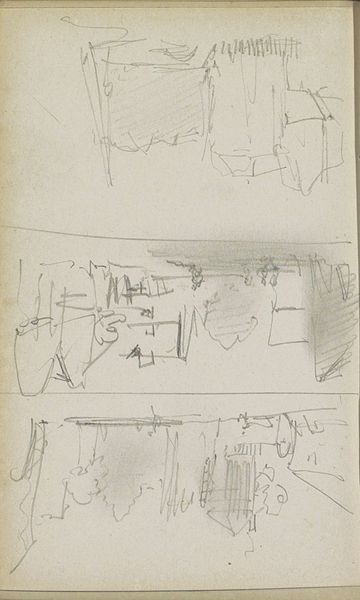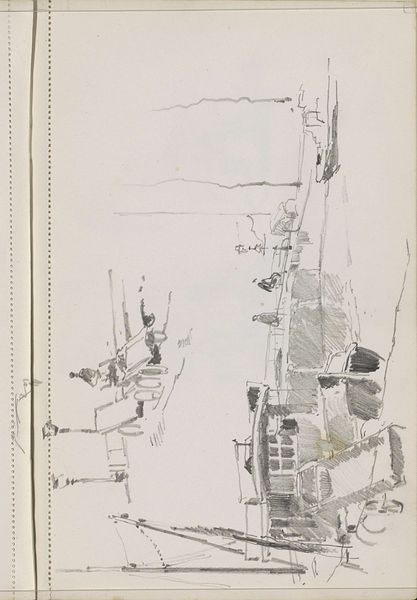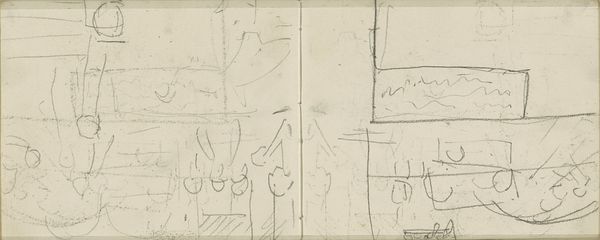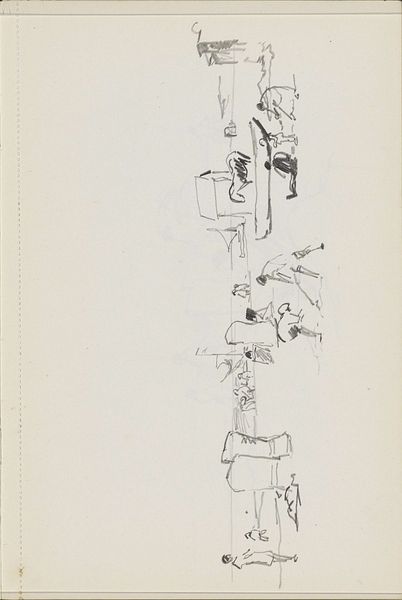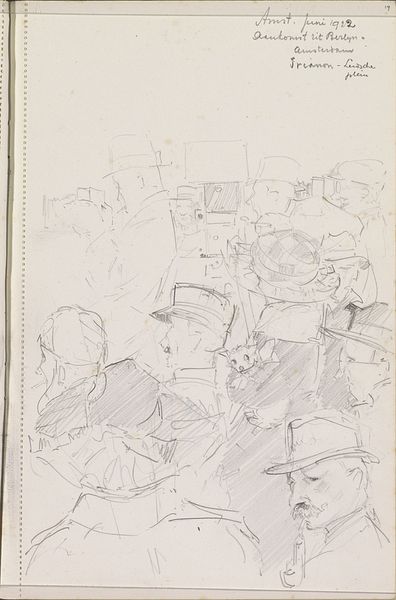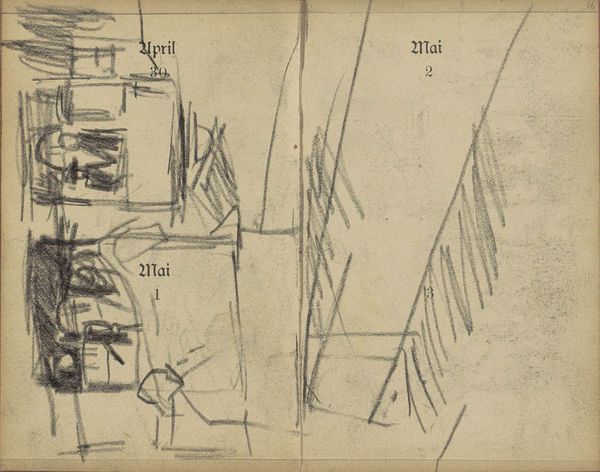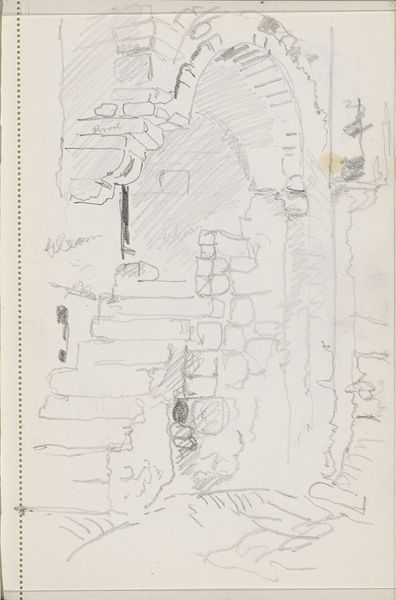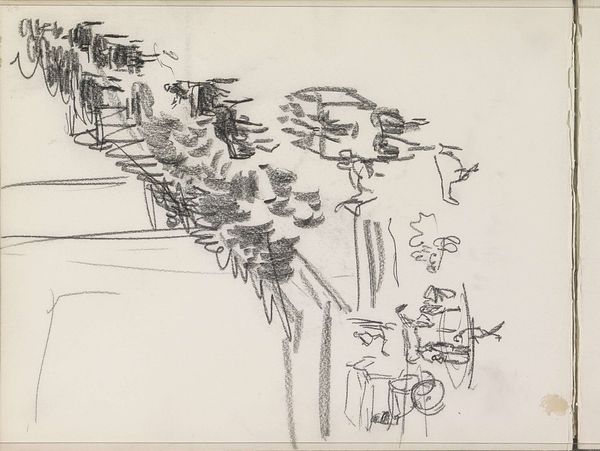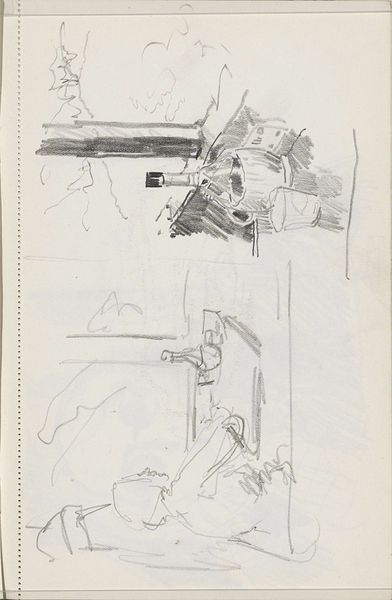
Dimensions: overall: 25.2 x 20.2 cm (9 15/16 x 7 15/16 in.)
Copyright: National Gallery of Art: CC0 1.0
Curator: Robert Frank's 1956 gelatin silver print, "Guggenheim 757--Jay, New York" offers a fascinating look at photographic process. The contact sheet displays a multitude of frames capturing a slice of mid-century life. What are your immediate impressions? Editor: It feels like an archeological find! These little windows, these fleeting moments captured on film. The varying exposures and compositions are intriguing. A quietness pervades despite all of the detail. Curator: Exactly. Frank, known for his documentary style, shot thousands of photographs for his seminal work "The Americans," and this contact sheet provides insight into his editing and selection process. The frames include scenes of children, gatherings, landscapes, signage, and interiors. Editor: The recurring motif of signs is interesting. Honeymoon Lake, a road stop: symbols of transit, passage, the promises of place. Do you think that the variations in the images on the film strip tell the story of what could be considered progress or hope, against all of the evidence to the contrary? Curator: Possibly. They represent America in the 50’s, revealing its complex identity beyond mainstream narratives. These images weren’t considered artistic but documentary and raw. But the themes of social division are absolutely still applicable today. It serves as a reminder of persistent socio-political tensions. Editor: There is so much story embedded, not just in the photos selected but in the editing of it itself, creating more narrative in each cut and slice, but the inclusion of every shot gives even the seemingly arbitrary ones weight and import. Curator: Yes. Through publications like “The Americans”, it showed American culture as raw, which then opened a lot of the doors we now see through the scope of raw, unfiltered photography. His critical and yet artistic way of framing an American life and the accessibility through gelatin silver print left an inspiring approach to documentation in art. Editor: To reflect on a contact sheet also forces reflection on the nature of photographic truth: its constructed nature in deciding when and where to point and shoot and frame in that little box, an illusion of capturing moments. Curator: Well, there's certainly something fascinating about holding these layers together in one piece. A time capsule. Editor: Absolutely; layers upon layers to reflect upon.
Comments
No comments
Be the first to comment and join the conversation on the ultimate creative platform.
